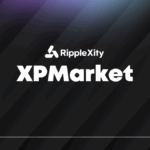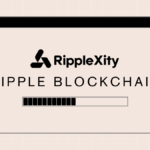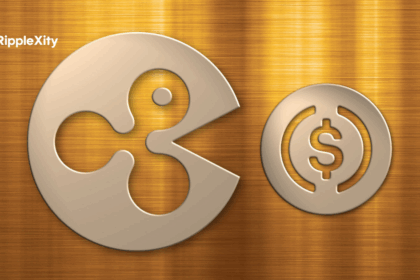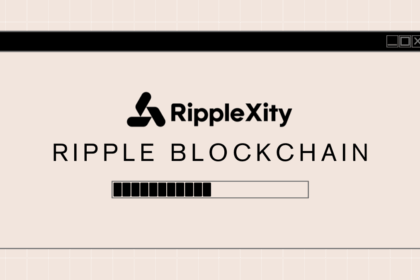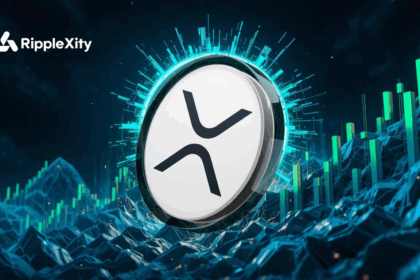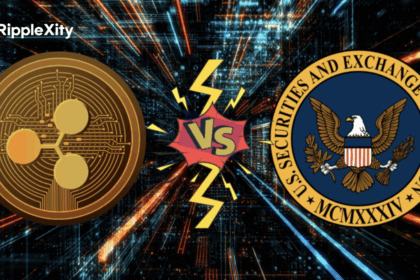In the ever-evolving blockchain space, regulatory uncertainty has been one of the biggest barriers to mainstream adoption.
While many crypto projects operate in legal gray zones, Ripple is taking a different path — one built on compliance, regulation, and enterprise partnerships.
After years of navigating regulatory headwinds, Ripple is now emerging as one of the most legally positioned blockchain networks to serve banks, governments, and institutions worldwide.
Let’s explore how Ripple’s regulatory clarity could unlock institutional-scale adoption of blockchain technology.
Why Regulatory Clarity Matters
- Institutional Adoption Requires Legal Certainty
- Banks, governments, and corporations cannot integrate unregulated solutions without risking compliance issues.
- Liquidity Needs Trustworthy Markets
- Liquidity providers need regulatory green lights to participate at scale.
- Global Expansion Depends on Regulatory Approval
- Cross-border operations require multi-jurisdictional compliance.
Ripple’s Journey Toward Regulatory Clarity
✅ Historic Legal Milestone
- In 2023, Ripple achieved a partial legal victory when a U.S. court ruled that XRP sales on public exchanges were not securities.
- This set a positive precedent for XRP’s regulatory status, reducing legal overhang for institutional adoption.
✅ Global Licensing and Partnerships
- Ripple has secured licenses and regulatory approvals in major financial hubs including:
- United Arab Emirates (UAE)
- Singapore
- United Kingdom
- Europe
- Partnerships with regulated financial institutions further strengthen its compliance-first positioning.
✅ Proactive Engagement with Policymakers
- Ripple regularly collaborates with regulators and industry bodies to shape global blockchain policy.
How This Unlocks Institutional Use Cases
🏦 Banking and Payments
- RippleNet provides regulated cross-border payment solutions with On-Demand Liquidity (ODL) using XRP.
🪙 CBDCs and Stablecoins
- Ripple works with central banks on CBDC pilots, providing compliant blockchain infrastructure.
📈 Tokenized Assets and Securities
- With legal clarity, institutions can tokenize stocks, bonds, and real estate on XRPL.
🌐 Enterprise Blockchain Adoption
- Ripple’s regulatory compliance makes it the trusted choice for governments and corporations seeking blockchain integration.
Why Ripple Stands Out from Other Blockchains
- 🛡️ Proven Legal Resilience
- ⚖️ Active Regulatory Engagement
- 🏛️ Institutional-Grade Infrastructure
- 🌍 Global Market Access
While many blockchains avoid regulatory engagement, Ripple is leaning in — positioning itself as the bridge between traditional finance and Web3.
The Ripple Effect on XRP Adoption
As Ripple’s regulatory clarity expands, so does the institutional utility of XRP as:
- A bridge asset for liquidity.
- A settlement token for cross-border payments.
- A fuel for tokenized asset transactions.
This creates a positive feedback loop of adoption, liquidity, and utility.
Final Thoughts
Ripple’s commitment to regulatory clarity is setting it apart as the most institutionally ready blockchain network.
As global policies evolve, Ripple is already positioned to lead, driving real-world adoption at the enterprise and government level.
At RippleXity, we’ll continue to cover how Ripple’s regulatory wins and institutional partnerships are shaping the future of blockchain finance.





